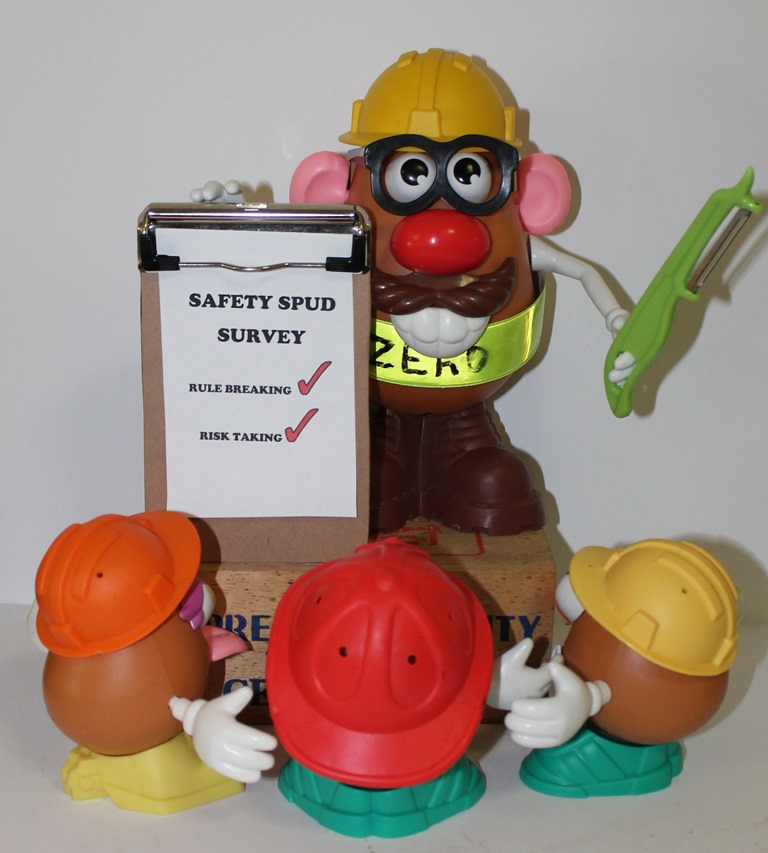Things To Consider When Developing And Designing Your Company SWMS
Guest Post
Download examples:
- [download id=”107223″]
- [download id=”107227″]
The Safe Work Method Statement (SWMS) is one important document that is valuable in establishing business safety systems, especially for organisations in high-risk industries such as building and construction. In these high-risk workplaces, an SWMS can be a valuable tool for business growth, quality performance, and healthier, more engaged employees.
However, simply coming up with an SWMS isn’t enough – you have to make sure that the content is applicable to your operations, easy to understand, and compliant to relevant laws and regulations. For many businesses today, the most practical way to ensure that all these criteria are met is to simply invest in the right SWMS Template
To further ensure that your SWMS will be valuable in driving business objectives, organisations should take note of the following considerations.
Consult your team. Studies show that employees feel empowered when they feel that their voice is heard when it comes to developing important company policies. When people play an active role in establishing regulations, they will more likely be vigilant in following them and policing their own ranks.
Write in plain English. Be direct to the point and use language that your target readers will understand and easily absorb. Develop an easy-to-understand safety document to reduce misinterpretations (and therefore minimise interruptions at work) and to make training and implementation more efficient.
Focus on a reader-friendly format. During layout and design, make sure the document is easily readable – use white spaces, divide paragraphs in short blocks, highlight key points, and use the right size and colour of fonts.
Use visuals. Harness the power of imagery to drive home a point or explain complicated concepts. Use pictures, illustrations and graphic elements such as maps and charts to deliver instructions in a more accurate and clearer manner. The use of visuals has been proven to be effective in delivering messages, whether your target reader is highly literate or they need more help with understanding written English.
Ensure legal compliance. Make sure the instructions and regulations contained in the SWMS are correctly based on the state laws and industry standards that apply. Make sure to assume your legal duties not only in the development and design stage, but also during implementation. For instance, employees in high-risk industries are required to undergo induction training before starting work.
Seek expert help. Coming up with a relevant, high-quality SWMS can be a meticulous and highly technical task. Don’t hesitate to seek expert help to ensure your safety documentation requirements are met accordingly.



Calvin says
Hey there. Thank you for sharing your expertise on this matter. I also want to add that SWMS is a critical document that is important in building business safety systems, particularly for companies in high-risk industries like construction and building.
Rob Long says
SWMS documents are over-rated and highly ineffective at managing risk. Often they don’t resemble reality or on site decision making. In most coronials they are used against you. They are certainly no substitute for on-site walks, conversations and visual and verbal risk evaluation.